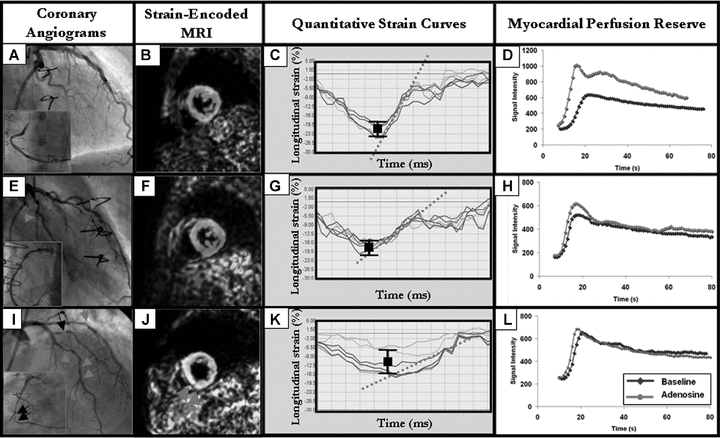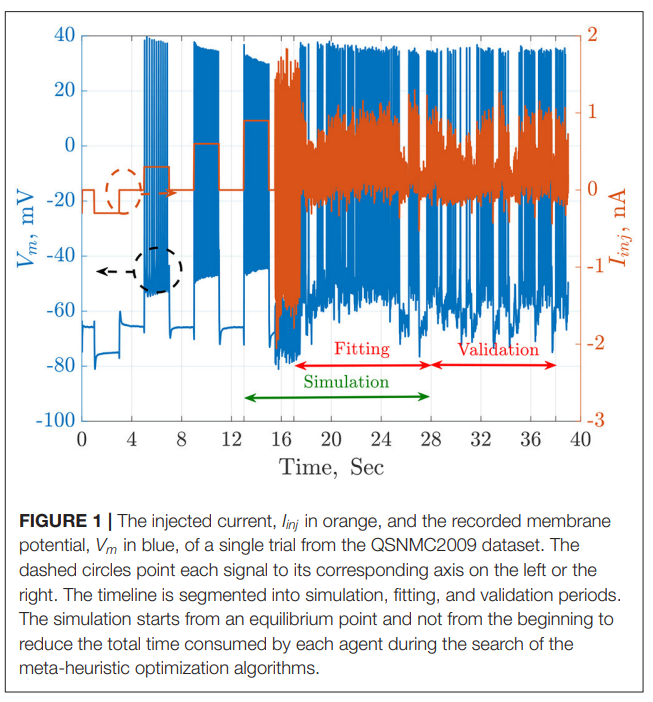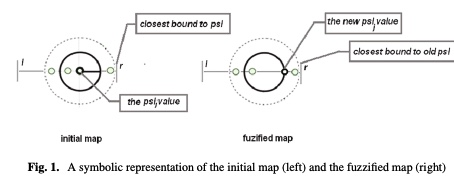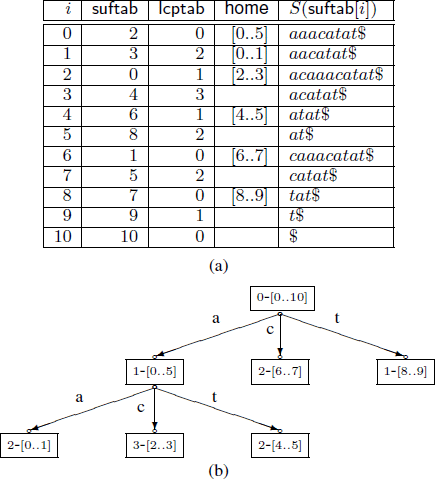Breadcrumb

Strain-encoded cardiac magnetic resonance for the evaluation of chronic allograft vasculopathy in transplant recipients
The aim of our study was to investigate the ability of Strain-Encoded magnetic resonance imaging (MRI) to detect cardiac allograft vasculopathy (CAV) in heart transplantation (HTx)-recipients. In consecutive subjects (n = 69), who underwent cardiac catheterization, MRI was performed for quantification of myocardial strain and perfusion reserve. Based on angiographic findings subjects were classified: group A including patients with normal vessels; group B, patients with stenosis
Assessment of cardiac mass from tagged magnetic resonance images
Purpose: Tagged and cine magnetic resonance imaging (tMRI and cMRI) techniques are used for evaluating regional and global heart function, respectively. Measuring global function parameters directly from tMRI is challenging due to the obstruction of the anatomical structure by the tagging pattern. The purpose of this study was to develop a method for processing the tMRI images to improve the myocardium-blood contrast in order to estimate global function parameters from the processed images. Materials and methods: The developed method consists of two stages: (1) removing the tagging pattern
Chiral phase structure of the sixteen meson states in the SU(3) Polyakov linear-sigma model for finite temperature and chemical potential in a strong magnetic field
In characterizing the chiral phase-structure of pseudoscalar ( ), scalar ( ), vector ( ) and axial-vector ( t) meson states and their dependence on temperature, chemical potential, and magnetic field, we utilize the SU(3) Polyakov linear-sigma model (PLSM) in the mean-field approximation. We first determine the chiral (non)strange quark condensates, and , and the corresponding deconfinement order parameters, and , in thermal and dense (finite chemical potential) medium and finite magnetic field. The temperature and the chemical potential characteristics of nonet meson states normalized to the
Community assessment to advance computational prediction of cancer drug combinations in a pharmacogenomic screen

A fast algorithm for the multiple genome rearrangement problem with weighted reversals and transpositions
Background: Due to recent progress in genome sequencing, more and more data for phylogenetic reconstruction based on rearrangement distances between genomes become available. However, this phylogenetic reconstruction is a very challenging task. For the most simple distance measures (the breakpoint distance and the reversal distance), the problem is NP-hard even if one considers only three genomes. Results: In this paper, we present a new heuristic algorithm that directly constructs a phylogenetic tree w.r.t. the weighted reversal and transposition distance. Experimental results on previously
Constructing suffix array during decompression
The suffix array is an indexing data structure used in a wide range of applications in Bioinformatics. Biological DNA sequences are available to download from public servers in the form of compressed files, where the popular lossless compression program gzip [1] is employed. The straightforward method to construct the suffix array for this data involves decompressing the sequence file, storing it on disk, and then calling a suffix array construction program to build the suffix array. This scenario, albeit feasible, requires disk access and throws away valuable information in the compressed

Parameter Estimation of Two Spiking Neuron Models With Meta-Heuristic Optimization Algorithms
The automatic fitting of spiking neuron models to experimental data is a challenging problem. The integrate and fire model and Hodgkin–Huxley (HH) models represent the two complexity extremes of spiking neural models. Between these two extremes lies two and three differential-equation-based models. In this work, we investigate the problem of parameter estimation of two simple neuron models with a sharp reset in order to fit the spike timing of electro-physiological recordings based on two problem formulations. Five optimization algorithms are investigated; three of them have not been used to

A fuzzy approach of sensitivity for multiple colonies on ant colony optimization
In order to solve combinatorial optimization problem are used mainly hybrid heuristics. Inspired from nature, both genetic and ant colony algorithms could be used in a hybrid model by using their benefits. The paper introduces a new model of Ant Colony Optimization using multiple colonies with different level of sensitivity to the ant’s pheromone. The colonies react different to the changing environment, based on their level of sensitivity and thus the exploration of the solution space is extended. Several discussion follows about the fuzziness degree of sensitivity and its influence on the

Fine tuning the enhanced suffix array
The enhanced suffix array is an indexing data structure used for a wide range of applications in Bioinformatics. It is basically the suffix array but enhanced with extra tables that provide extra information to improve the performance in theory and in practice. In this paper, we present a number of improvements to the enhanced suffix array: 1) We show how to find a pattern of length m in O(m) time, i.e., independent of the alphabet size. 2) We present an improved representation of the bucket table. 3) We improve the access time of addressing the LCP (longest common prefix) table when one byte
CoCoNUT: An efficient system for the comparison and analysis of genomes
Background: Comparative genomics is the analysis and comparison of genomes from different species. This area of research is driven by the large number of sequenced genomes and heavily relies on efficient algorithms and software to perform pairwise and multiple genome comparisons. Results: Most of the software tools available are tailored for one specific task. In contrast, we have developed a novel system CoCoNUT (Computational Comparative geNomics Utility Toolkit) that allows solving several different tasks in a unified framework: (1) finding regions of high similarity among multiple genomic
Pagination
- Previous page ‹‹
- Page 18
- Next page ››
